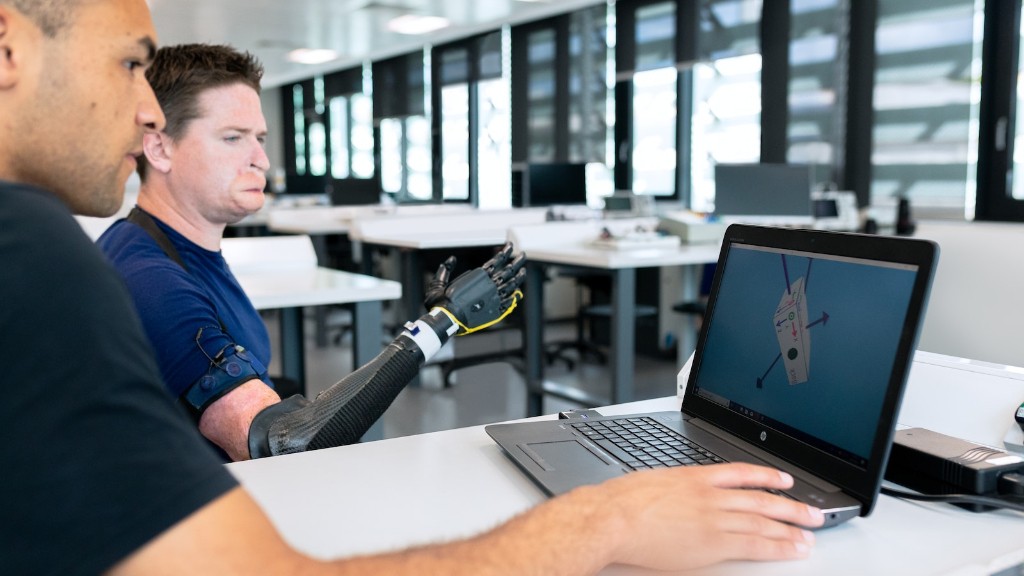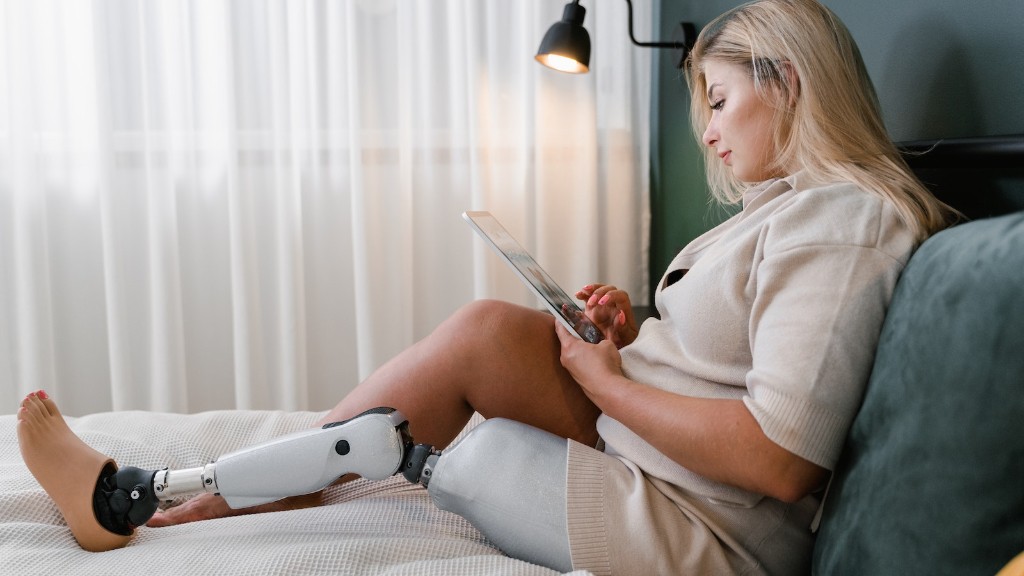What are the Different Attachments for a Prosthetic Arm?
Prosthetic arms have come a long way in recent years, thanks to advancements in technology and engineering. These devices have the potential to greatly improve the lives of individuals with upper limb loss or limb differences, restoring functionality and enhancing independence. One key aspect of a prosthetic arm is its attachments, which allow users to perform a wide range of tasks. In this article, we will explore the different attachment options available and the implications they have for users.
The Importance of Attachments in Prosthetic Arms
Attachments are an integral part of a prosthetic arm as they enable users to interact with their environment and perform various activities of daily living. The selection of attachments depends on the individual’s specific needs and lifestyle, considering factors such as the type and level of limb loss, desired level of functionality, and personal preferences. A diverse range of attachments are available, each designed to address different functional requirements.
Different Types of Attachments
Gripping Attachments
Gripping attachments are among the most common types used in prosthetic arms. These attachments mimic the function of a hand, allowing users to grasp, hold, and manipulate objects. Grippers can range from simple mechanical structures to more advanced designs that provide tactile feedback and a wide range of gripping forces. They can be controlled using various mechanisms, including body-powered cables, myoelectric sensors, or even brain-computer interfaces.
One example of an advanced gripping attachment is the bebionic hand, which features individually powered fingers and a built-in force sensor. This allows users to pick up delicate objects like a paper clip or exert enough force to hold a heavy item without worrying about dropping it. Such advancements in gripping attachments provide users with a greater sense of control and dexterity.
Tool Attachments
Tool attachments are specifically designed to assist individuals in performing manual tasks or specific occupations. These attachments can include screwdrivers, wrenches, hammers, and even specialized tools for artists, musicians, and surgeons. By providing the ability to hold and manipulate tools, these attachments enable users to engage in meaningful work or hobbies that would otherwise be challenging or impossible without a functional hand.
For instance, a prosthetic arm equipped with a violin bow attachment allows musicians with limb differences to play a violin effectively, overcoming their physical limitations. Similarly, a surgeon can benefit from a precise tool attachment while performing intricate procedures, ensuring steady and controlled movements.
Cosmetic Attachments
Cosmetic attachments serve a dual purpose, where they not only provide a natural-looking appearance but also offer functionality. These attachments are designed to match the color, texture, and shape of the user’s remaining biological limb, blending seamlessly with their body. While cosmetic attachments may not provide the same level of functionality as other types, they play a crucial role in boosting self-esteem and improving body image for individuals with prosthetic arms.
These attachments can mimic the appearance of a hand, covering a prosthetic hook or gripper, and create a more realistic external look. By concealing the mechanical aspects of the prosthetic, individuals can feel more comfortable in social settings and regain a sense of normalcy in their daily lives.
The Positive Implications of Attachment Options
Attachments for prosthetic arms have numerous positive implications for users. Firstly, they provide increased functional capabilities, allowing individuals to regain independence and perform a wide range of activities that were previously challenging or impossible. Whether it be gripping a cup, driving a car, or holding a pen, these attachments empower users to engage in meaningful tasks.
Attachments also have psychological and emotional benefits. By providing natural-looking appearances, they help individuals with prosthetic arms feel more integrated into society and reduce the stigma associated with physical differences. This can lead to improved self-confidence, mental well-being, and overall quality of life.
Furthermore, the diversity of attachment options enables individuals to customize their prosthetic arm to suit their individual needs and preferences. This personalization fosters a deeper sense of ownership and enhances the user’s feeling of connection to their prosthetic device.
The Negative Implications of Attachment Options
While attachments offer numerous benefits, there are also some negative implications to consider. One major drawback is the cost associated with acquiring and maintaining these attachments. Advanced attachments, such as those with robotics or intricate mechanisms, can be expensive, making them inaccessible to individuals with limited financial resources.
Additionally, the complexity of some attachments may require more training and practice to use effectively. Users may have to invest significant time and effort into mastering the control and coordination required for certain attachments, potentially leading to frustration or discouragement.
Food for Thought: Continual Advancements and Accessible Options
As technology continues to advance, the possibilities for prosthetic arm attachments are expanding. Researchers and engineers are continually exploring new materials, techniques, and design principles to enhance the functionality, affordability, and accessibility of these attachments.
For instance, 3D printing has provided cost-effective solutions for customized prosthetic attachments. By using innovative manufacturing techniques, attachment options can be tailored to individual needs without breaking the bank. Such advancements can help bridge the gap between high-end, sophisticated attachments and those that are more affordable for a wider user base.
Furthermore, collaborations between academia, industry, and the prosthetic limb community can lead to more inclusive and user-centric designs. By actively involving end-users in the design process, the development of attachments can be guided by their unique needs and perspectives. This approach ensures that the attachments created are practical, functional, and meaningful for the individuals they are intended to serve.
In conclusion, prosthetic arm attachments play a vital role in restoring functionality and independence for individuals with limb loss or limb differences. By considering the diverse options available, users can select attachments that best meet their specific needs and lifestyle. While there are both positive and negative implications associated with these attachments, ongoing advancements and collaborative efforts hold the potential to make them more accessible, affordable, and inclusive. It is imperative that society continues to support research and development in this field, promoting a world where everyone has the opportunity to live life to the fullest.




